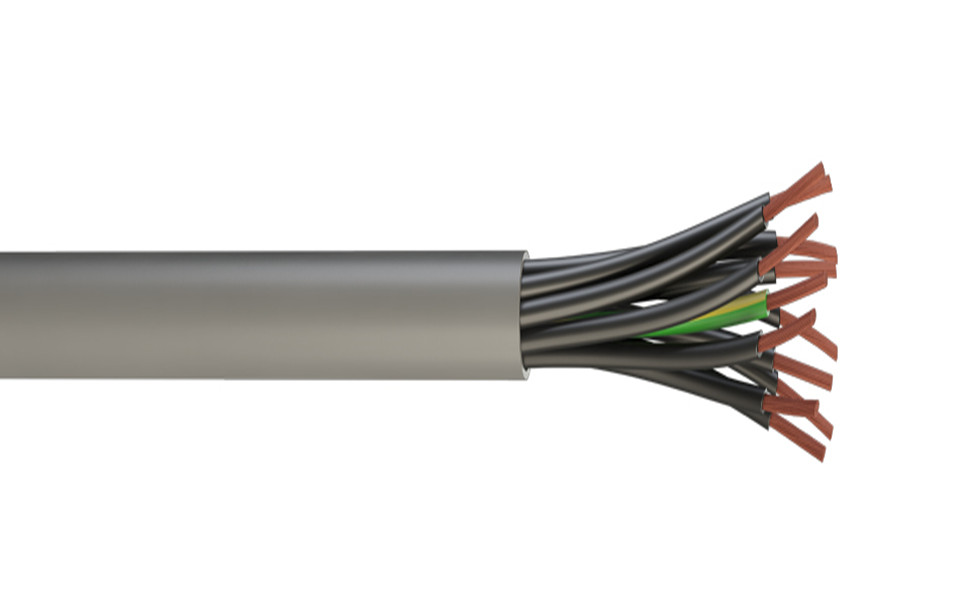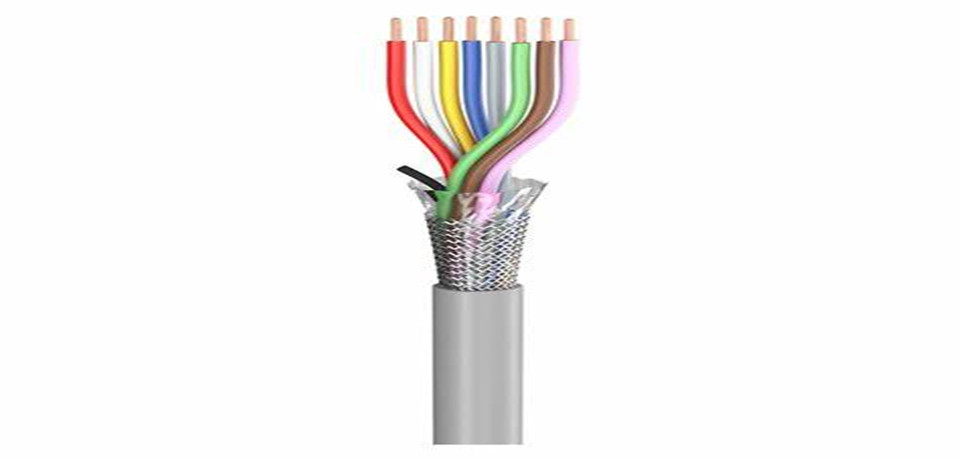1. Under the eaves. The standard LAN cable can be used only when the cable is not directly exposed to sunlight or high temperature. It is recommended to use the pipe. Ultraviolet (UV)--Do not apply UV-free cables to direct sunlight.
2. The outer wall. Avoid direct sunlight on the wall and human damage. Heat - The temperature of the cable in metal pipes or trunking is high and many polymeric materials will reduce their service life at this temperature.

3. In the pipe (plastic or metal). For example, in the pipeline, pay attention to the damage of the plastic pipe and the heat conduction of the metal pipe. Mechanical damage (repair cost) - The repair of the cable is very expensive, requiring at least two terminations at each break point.
4. Suspended application / overhead cable. Consider the drooping and pressure of the cable. Whether the cable is directly exposed to sunlight.
5. Lay directly in the underground cable trench, this environment is the smallest control area. Cable trench installation should be checked regularly for dryness or humidity. Grounding - If the shield of the control cable needs to be grounded, the corresponding standard must be observed.

6. Underground pipelines. In order to facilitate future upgrades, cable replacement and isolation from surface pressure and surrounding environment, auxiliary piping is isolated, and auxiliary piping is a better method. But don't expect the pipeline to remain dry forever, which will affect the choice of cable type. Water - The moisture in the LAN twisted pair cable increases the cable's capacitance, which reduces impedance and causes near-end crosstalk.